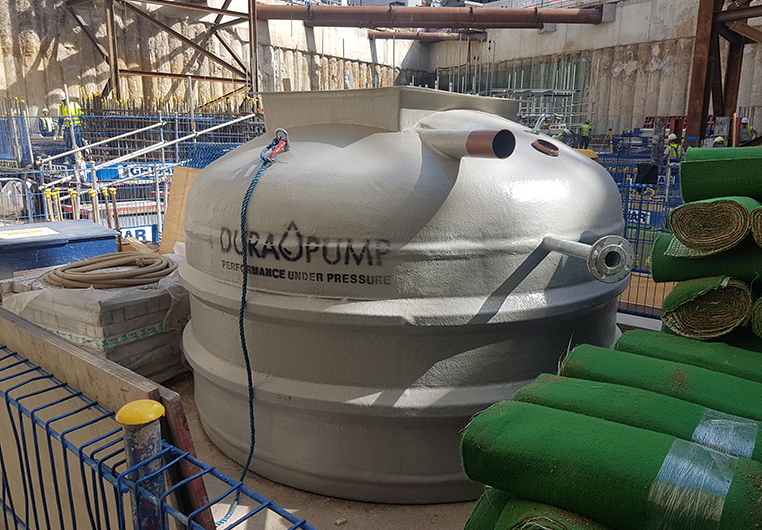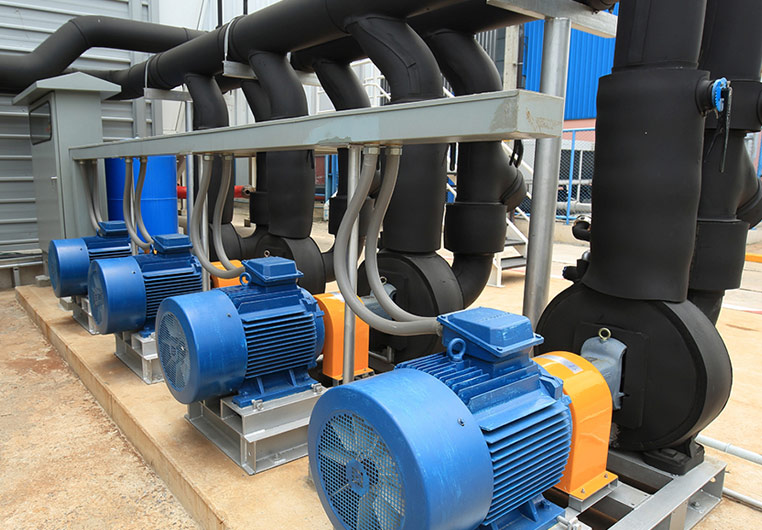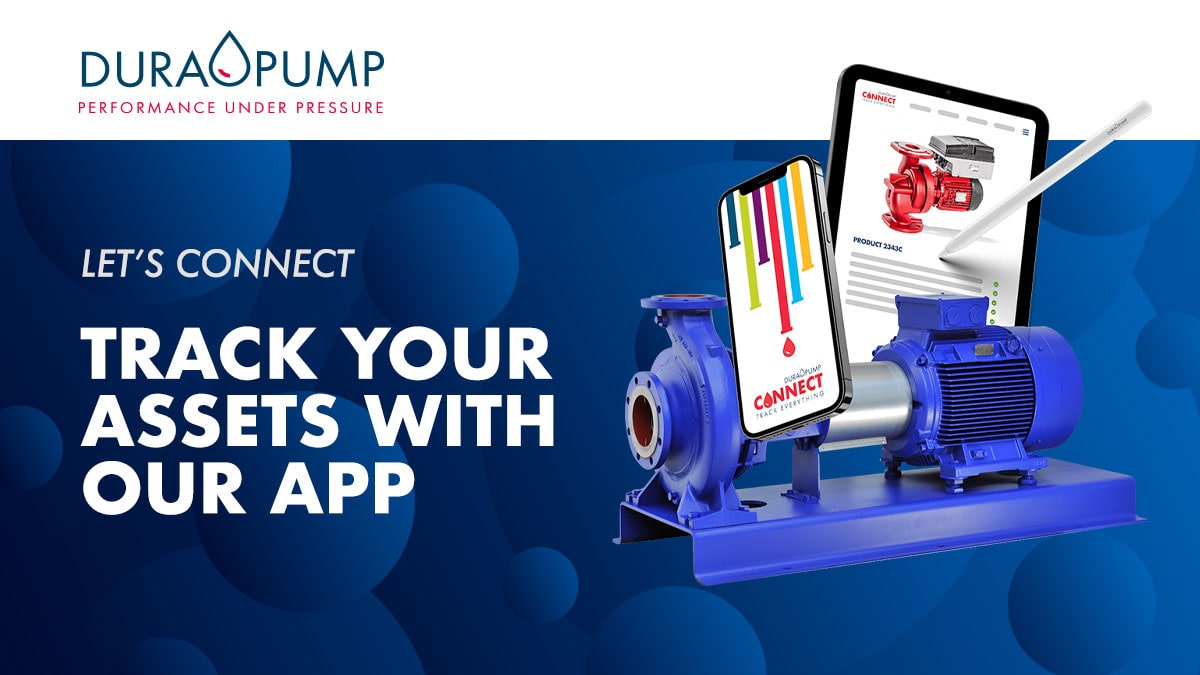What You Need To Know About Pump Stations
 Posted on 1st March, 2021 by Dura Pump
Posted on 1st March, 2021 by Dura Pump 
Choosing, creating and installing pump stations can seem like a complicated process. When it comes to fluid management and increasing efficiency, you need to guarantee that whatever system you choose will have maximum benefits now and in the future.
At Dura Pump, our team carefully create manageable and high-quality pump station solutions to make life easy for our customers and suppliers. Discover the key things you need to know about pump stations and how to make the right choices for your site below.
What is a pump station?
Pump stations are the (mostly) hidden heroes of fluid management. To strip them back to their most basic form, a pump station is a tank/container/set that houses pumping equipment in a contained way to meet the demands of the environment. They are part of a wider fluid control system and become the receivers of the output from any properties/buildings/environmental areas where fluid needs to be held, processed and then redistributed.
As storm and wastewater management systems, pump stations are used to mediate issues with gravity that would otherwise disrupt or prevent the movement of fluids from one place to another. Every packaged pump station is designed to meet the demands of its environment and will vary in terms of construction material and the interior contents e.g. accessories and pumps.
NEED-TO-KNOW PUMP STATION INFO

Pump station types
Many applications require pump stations to manage fluid movements, but the main types of pump station are foul/sewage water pump stations, surface water pump stations or final effluent pump stations. The configuration of a pump station is split into two different forms: wet-well (below-ground) or dry-well (above-ground).
Dry-well pump stations are easier to install but take up interior space within a premises and are usually the solution when an underground system is not feasible. Wet-well pump stations are the underground storage chambers that are usually accessible via manhole cover. Below-ground pump stations come in lots of different designs and it’s important to get the right type specified for your unique demands.
In terms of functional design, there are 3 main designs for underground pump stations:
- Free-standing with flexible pipework
- Free-standing pumps mounted on rigid pipework
- Pumps mounted on pedestals including guide rails
DISCOVER THE MAIN PUMP STATION DESIGNS
Should you choose a pump station with guide rails?
There are a lot of variables when it comes to pump stations. The materials, size and pump models will all be dependent on the application and limitations of the site, but there is one feature that we believe should be considered across any pump station where possible: guide rails.
Pump stations need regular maintenance and servicing. Mechanical parts that are essential to the system’s function have to be looked after to keep working at optimal levels. For obvious reasons, accessing an underground tank can appear tricky, but that’s where guide rails come in.
Guide rails are usually made of galvanised or stainless steel and are fitted inside the pump station. The submersible pump is attached to the guide rails with a guide shoe/guide claw and can be raised and lowered when necessary. This also means that they can be moved when the tank is full and it overall makes repair, replacement and maintenance so much easier.
DO YOU NEED GUIDE RAILS? FIND MORE INFO

How can Dura Pump support you?
Dura Pump is committed to providing the highest level of customer care from the initial design concept to final commissioning. All of our pump stations are specified and designed following an in-depth design process and assessment that guarantees we will get the best results for any application, whether you’re a house developer, local authority, building manager or a private party.
For the supply of our packaged pump station, all units will be supplied with all pipework and valves pre-installed before delivery to guarantee quick installation and reduced labour times. For bespoke pump stations, our dedicated design and assessment process has you covered.
Our team of experienced pump technicians, engineers and consultants make sure we provide expert knowledge and a great service every time with high-quality solutions to match. So, if you need a pump station supplied, installed or maintained… contact us today.




